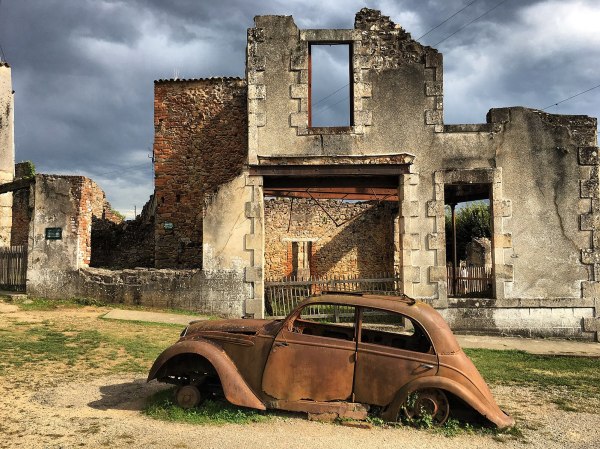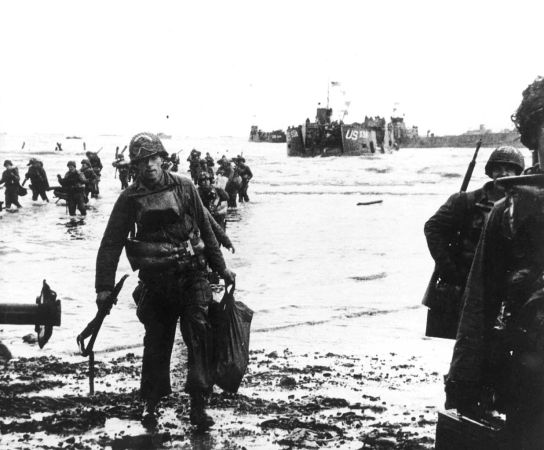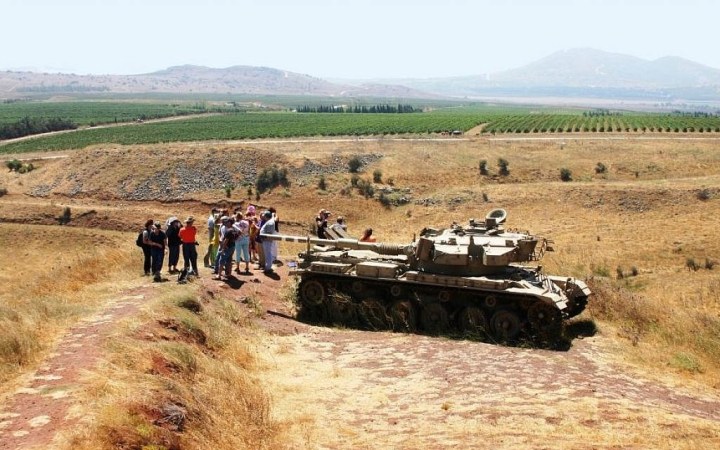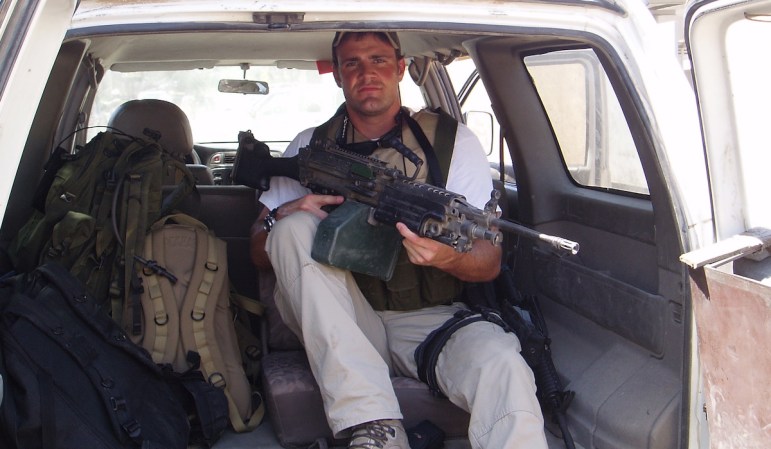On the morning of Oct. 6, 2010, three villages in the Arghandab River Valley of Afghanistan were filled with insurgents and dozens of IEDs.
A few hours later the villages were gone as if they’d never existed at all, destroyed by over 25 tons of U.S. Air Force bombs.
Artillerymen with the 1st Battalion, 320th Field Artillery Regiment had taken numerous casualties in the months they spent trying to clear the surrounding fields on foot. Special Forces soldiers turned back after they ran out of explosives attempting to blow the IEDs in place. Mine-clearing line charges were fired, opening up lanes into the town but leaving soldiers without “freedom of maneuver” in a heavily-contested area.
The ground commander, Lt. Col. David Flynn, took another look at the problem. He talked to the local elders and told them that his plan to clear the villages could cause extreme damage to the buildings. The elders said that was bad but acceptable as long as the nearby pomegranate trees survived.
Flynn then turned to the U.S. Air Force and requested that Lower Babur, Tarok Kolache, and Khosrow Sofla be destroyed. Surveillance was conducted to be sure that there were no civilians in the area, only insurgents. The mission was approved, and the bombing campaign began.
The Air Force dropped 49,000 pounds of bombs on Tarok Kolache alone, leveling it. The other two villages were completely destroyed as well.


No civilian casualties were reported, though the pomegranate fields were severely damaged and had to be replanted. (USAID planted 4,000 trees, but they take five years to bear fruit.)
Many of the bombs in the area were destroyed by the operation, and soldiers with the 1-320th were able to set up 17 small bases and outposts in the valley, gaining security around the 38 remaining villages. Mine clearance operations had to continue though as not all the explosives were destroyed in the bombing.
Two years later, the Army erected new buildings, but they were weak concrete structures that the villagers refused to live in. Even worse in a war designed to win hearts and minds, local Afghan police chiefs reported that the bombings switched the loyalties of the villages who went on to become supporters of the Taliban.


















